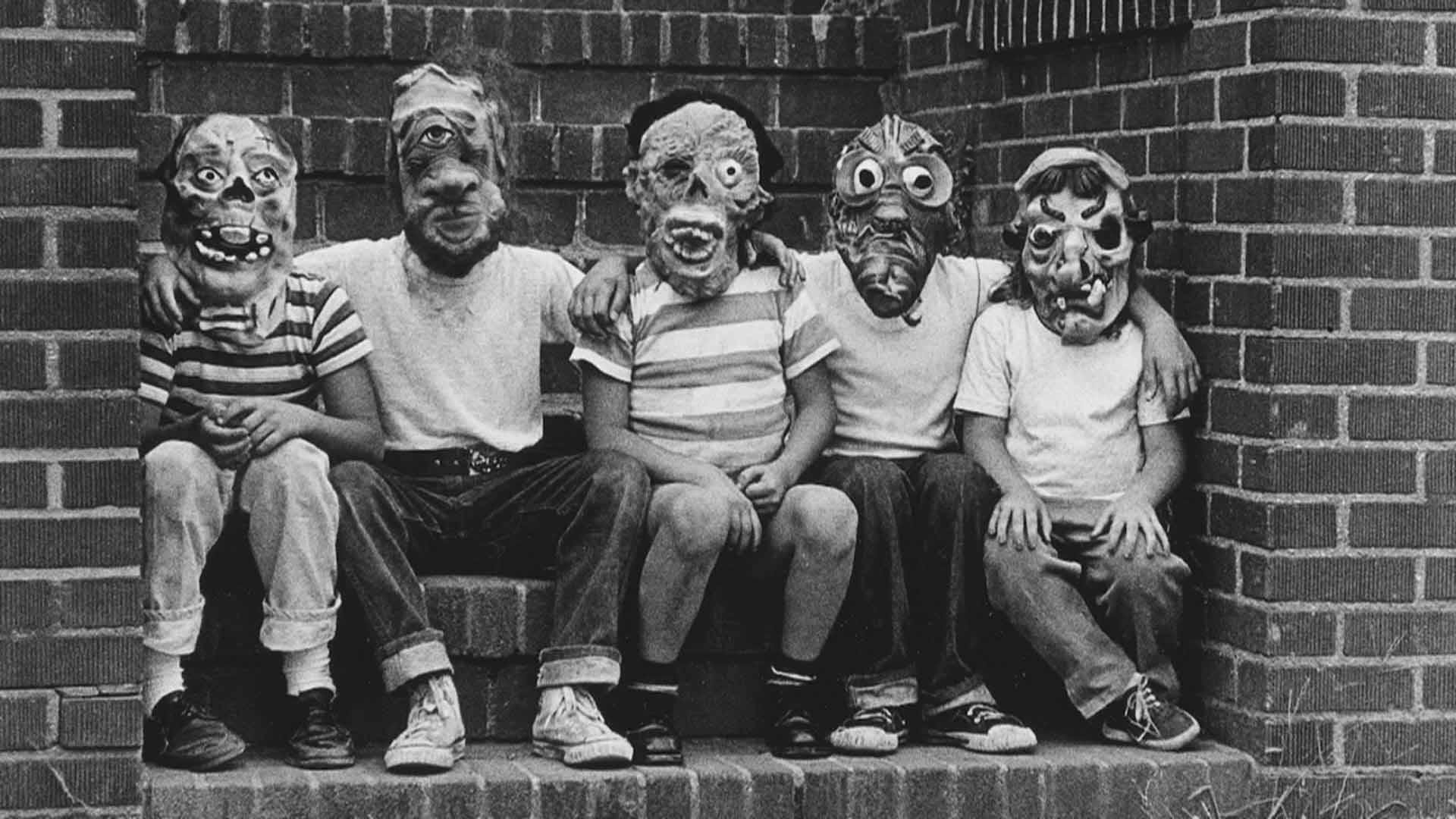The Appeal of Fine Art Photography
Fine art photography often feels like it comes with an air of mystery, as though you need a special pass or an art degree to fully appreciate it. But here’s the thing: you don’t need to be part of an exclusive circle to enjoy fine art photography. It’s more accessible than you might think. The key is letting go of the pressure to “get it” and focusing instead on how it makes you feel.
So what’s the appeal of fine art photography, and how can you start to understand it?
1. Visual Storytelling
Let’s start with something basic: storytelling. It’s the oldest trick in the book, and yet it’s what makes fine art photography so powerful. A photograph hands you the story in a single frame. But here’s the catch—you get to decide (at least in part) what that story is.
You’ve probably seen iconic photographs before, the kind that immediately pull you in without a word of explanation. Fine art photography works because it freezes that one perfect moment in time and invites you to fill in the gaps. The appeal lies in its open-endedness. It tells you just enough, then hands over the reins and lets you do the rest.
2. The Power of Perspective
Photography is all about perspective. A good photograph makes you see something you hadn’t noticed before.
The best part? This isn’t some abstract, out-of-reach concept. We all know what it’s like to walk past the same thing a hundred times and never really notice it until one day, we do. Fine art photography taps into that, framing the world in a way that makes the mundane extraordinary. It’s about that shift in perception, that “aha” moment when you realize there’s beauty in the smallest, most overlooked details.
3. Timelessness Meets Right Now
One of the most appealing things about fine art photography is how it manages to exist in two places at once: in the past and in the present. A photograph taken decades ago can still pack an emotional punch today. The scene may have aged, the people may be long gone, but the emotion—whether it’s nostalgia, joy, or even discomfort—remains as potent as ever.
At the same time, photography is one of the most contemporary art forms out there. Artists are constantly pushing the boundaries of what photography can be, experimenting with new techniques and fresh subject matter.
4. How to Engage with Fine Art Photography (Without Feeling Like an Impostor)
Here’s the good news: you don’t need a degree in art history to appreciate photography. You just need a little curiosity and a willingness to let your instincts guide you. Here’s where to start:
Visit galleries or browse online: Take in a wide variety of styles and subjects. Not every piece will resonate, and that’s okay. The more you look, the better sense you’ll get of what appeals to you.
Follow photographers: Most photographers have active social media accounts, and following them can give you a glimpse into their process. You don’t have to understand every decision they make, but seeing how they work can make their final product more relatable.
Ask questions: It is ok to ask an artist about their work. Often, knowing more about the photographer’s intention can deepen your appreciation for the piece.
Trust your gut: Not everything needs to be “gotten.” If you like something, that’s enough. Art is supposed to be subjective, so let your personal taste lead the way. Over time, you’ll develop an eye for what speaks to you.
The Bottom Line
At the end of the day, fine art photography is about connecting to something on a personal level, whether that’s through storytelling, perspective, or pure emotion. You don’t need to know all the rules—or any of them, for that matter. Just pay attention to what moves you.


